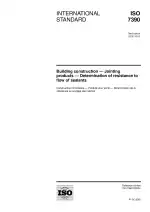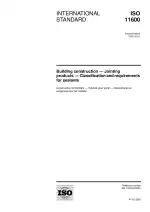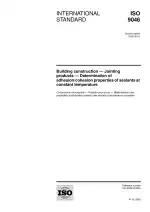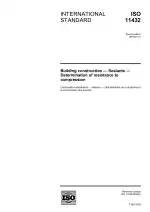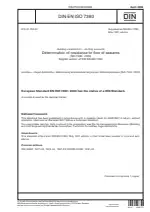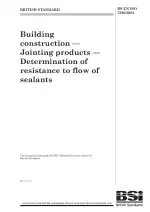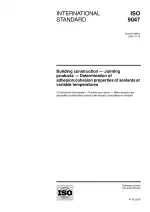Building Construction - Jointing Products - Determination of Resistance to Flow of Sealants
Also Known As:
ISO 7390:2002 is a standard that defines a method for determining the resistance to flow of sealants used in building construction. The standard focuses on sealants that are typically employed in vertical surface joints. The purpose of the standard is to assess the loss of cohesion, which refers to the ability of the sealant to retain its structure under its own weight.
The resistance to flow of sealants is an important characteristic to consider in construction because it affects the performance and durability of the joint. By measuring the resistance to flow, the standard provides a means of evaluating the quality and suitability of sealants for vertical joints. This information is crucial for ensuring the long-term integrity of building structures.
The test method described in ISO 7390:2002 involves observing and measuring the displacement or sag of the sealant over a specified period of time. The sealant is applied to a vertical surface, and its ability to resist flow is assessed by the extent of sagging or deformation that occurs. This method offers a practical and reliable way to compare different sealants and select those that offer the desired resistance to flow for specific construction applications.
| Edition | 3 |
| ICS Codes | 91.100.50 - Binders. Sealing materials |
| Language(s) | English |
| File Size | 112.6 KB |

